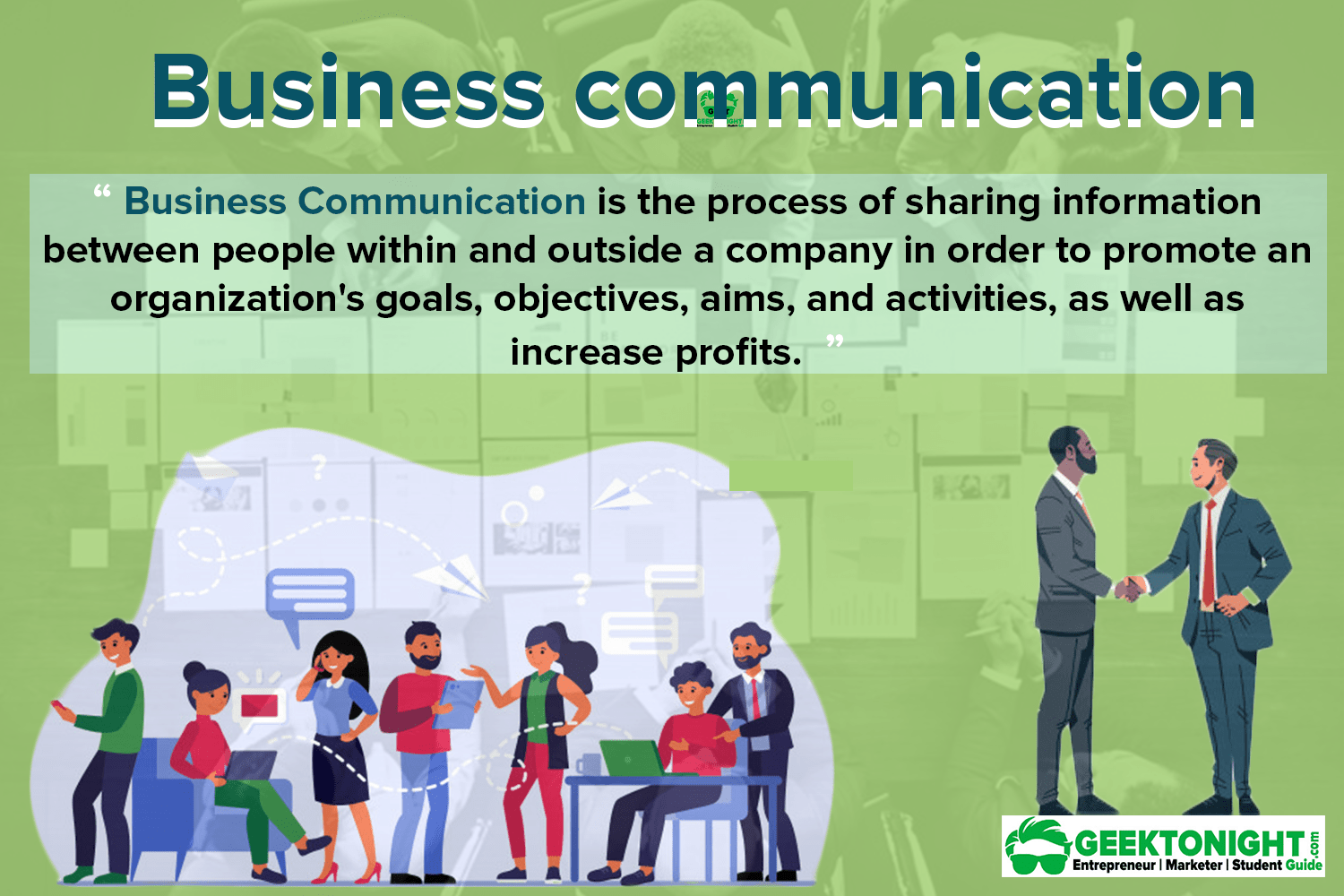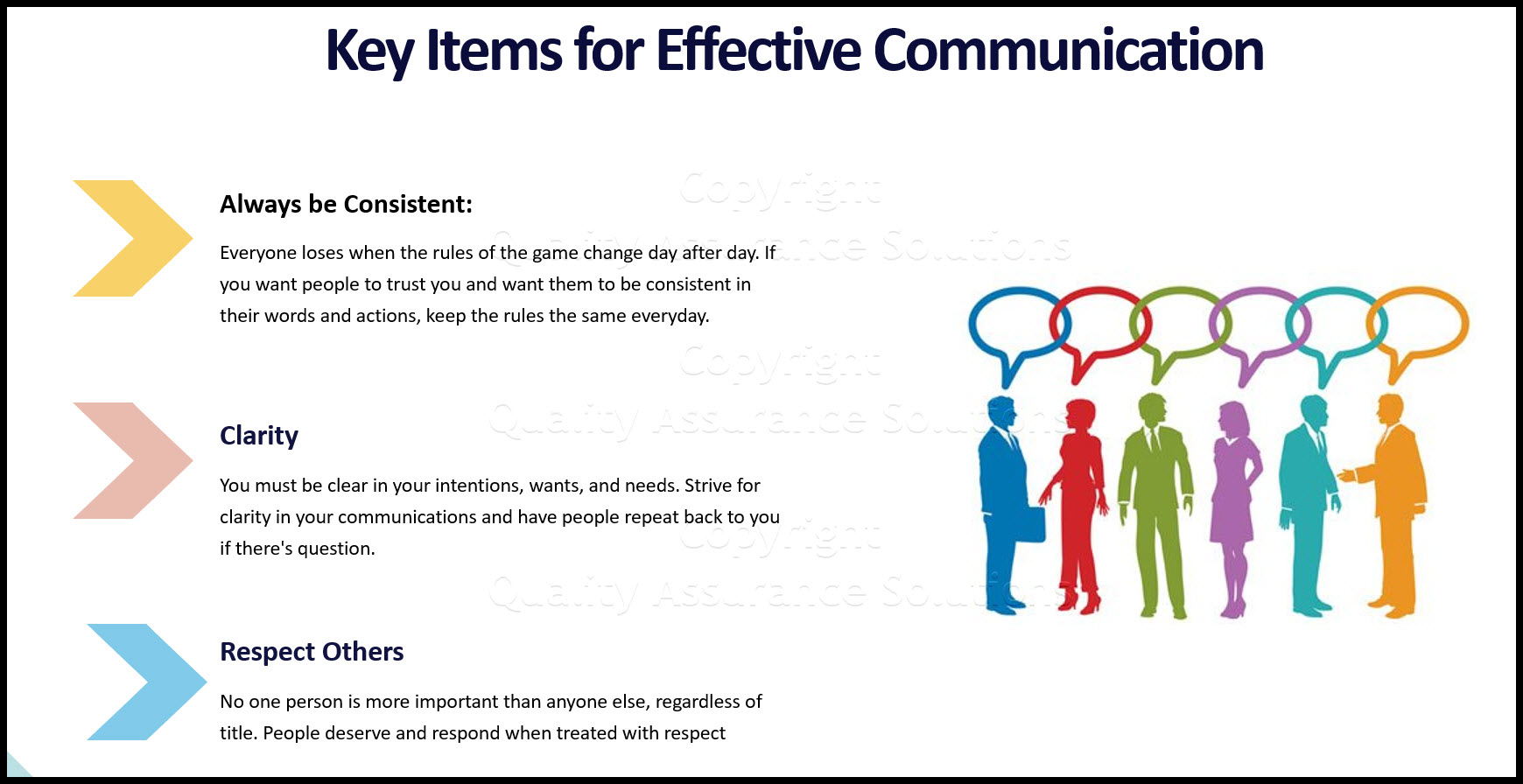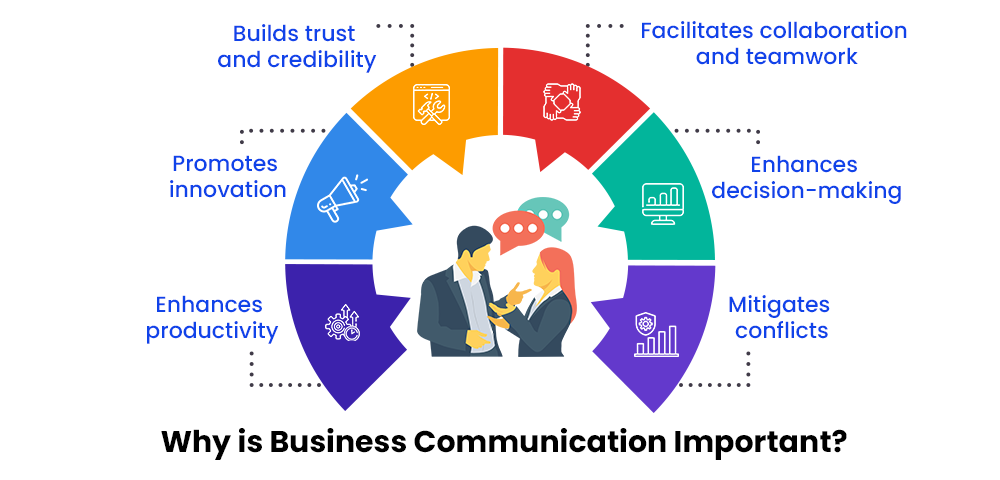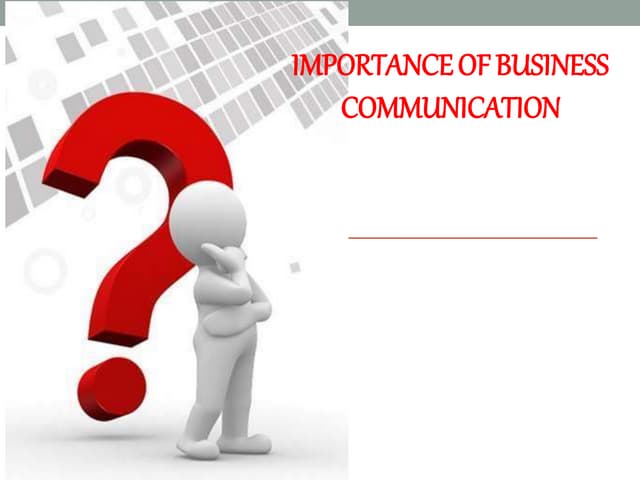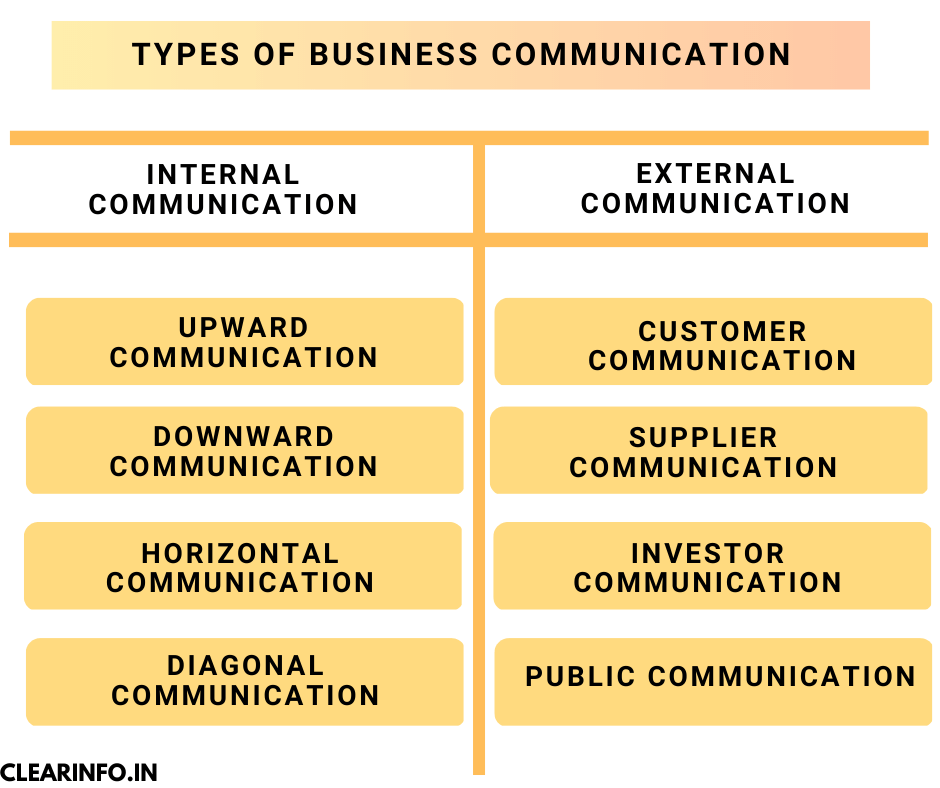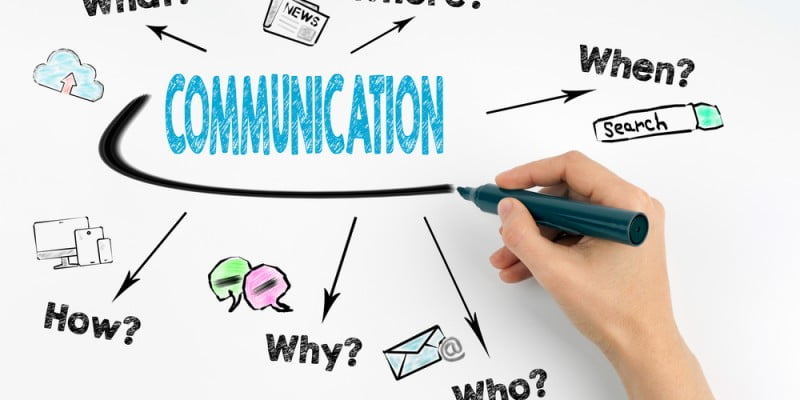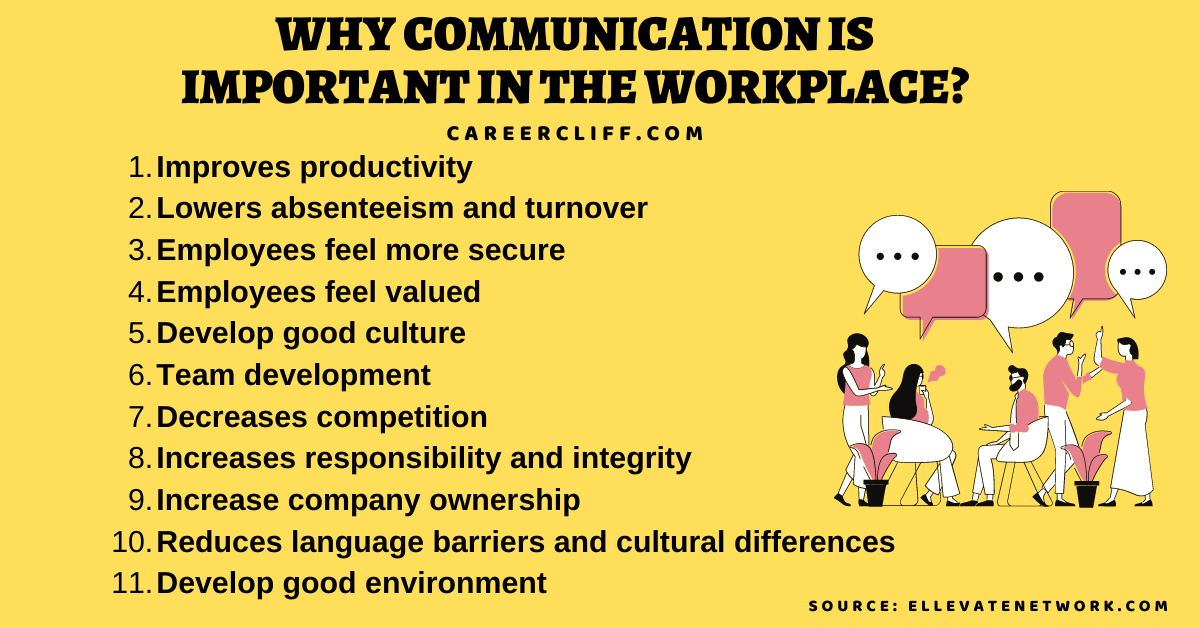Business Communication Is Important

Imagine a bustling marketplace, vendors calling out their wares, customers haggling, and deals being struck with a handshake. Now, envision that same marketplace shrouded in silence, with unclear gestures and confused faces. The energy dissipates, opportunities are missed, and the vibrant exchange grinds to a halt.
Just as clear communication is the lifeblood of a thriving marketplace, it's also the cornerstone of success in the modern business world. Effective business communication, encompassing both verbal and written forms, is not merely a nicety; it's a fundamental requirement for organizational health and growth.
Business communication has evolved significantly over time. In the past, formal letters and face-to-face meetings dominated. Now, email, instant messaging, video conferencing, and social media platforms have expanded the communication landscape, offering unprecedented speed and reach.
However, these advancements also introduce new challenges. Misunderstandings can arise easily in digital communication, and the sheer volume of information can lead to overload and decreased attention spans. This underscores the need for a strategic approach to business communication, prioritizing clarity, conciseness, and audience awareness.
Why is Business Communication Important?
The benefits of strong business communication are manifold. Firstly, it fosters a culture of transparency and trust within the organization.
When employees feel informed and understood, they are more likely to be engaged, motivated, and committed to their work, according to a Gallup study that indicated a direct correlation between open communication and employee satisfaction.
Secondly, effective communication enhances collaboration and teamwork. When team members can clearly articulate their ideas, actively listen to others, and resolve conflicts constructively, they are more likely to achieve shared goals.
According to a report by Project Management Institute, poor communication is a primary contributor to project failures. Clear and consistent communication protocols minimize misunderstandings and prevent costly errors.
Internal Communication
Within an organization, internal communication is critical for aligning employees with the company's vision and goals. It keeps everyone informed about important updates, policy changes, and performance expectations.
Regular all-hands meetings, newsletters, and internal social media platforms can facilitate transparent and inclusive communication. It allows employees to ask questions and provide feedback, creating a more engaged and collaborative work environment.
External Communication
External communication plays a vital role in building and maintaining a positive reputation with customers, partners, and stakeholders. Clear and persuasive communication is essential for marketing products and services effectively.
It also helps to manage public perception and build brand loyalty. Prompt and professional communication in response to customer inquiries and complaints can strengthen relationships and enhance customer satisfaction.
Examples of Effective Communication in Practice
Apple's meticulously crafted product announcements serve as a great example of effective external communication. Their presentations are carefully designed to highlight key features and benefits, creating excitement and anticipation among consumers.
Buffer, a social media management platform, stands out for its commitment to transparency and open communication. The company openly shares its financial performance, salary structure, and internal decision-making processes, fostering trust with its employees and customers.
Zappos' customer service is legendary, largely due to their focus on clear, friendly, and personalized communication. Their representatives are empowered to go the extra mile to resolve customer issues, creating positive experiences and fostering brand loyalty.
In a world increasingly driven by technology, the human element of communication remains paramount. While digital tools offer efficiency and reach, they cannot replace the value of genuine connection, active listening, and empathy.
As businesses navigate an ever-changing landscape, mastering the art of business communication is no longer a competitive advantage – it’s a necessity. By prioritizing clarity, fostering transparency, and embracing empathy, organizations can unlock their full potential and build lasting relationships with their stakeholders.
